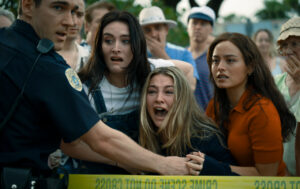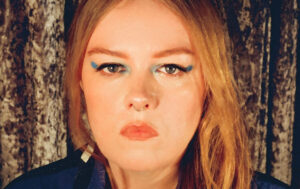The Human Factor: The Figure in Contemporary Sculpture at the Hayward Gallery

With The Figure in Contemporary Sculpture as its sub-title, the Hayward Gallery has devoted its latest exhibition to figurative sculpture born across the international art scene in the past 25 years.
For a theme that is as broad as it is commonly referenced in the history of sculpture, and of art at large, the selection of works at a glance appear disappointingly similar. A large proportion of the pieces consisted of life size and “figurative” components. Whether handmade, technologically produced or appropriated assemblages, the works highlighted a definite trend in favour of the allegorical. Upon reading titles and the small accompanying texts the range of different themes relating to the human figure being tackled become clearer: of voyeurism, sexuality, body language and even “Jeff Koon’s” kitsch, but it takes commitment to look beyond the formal similarities to cipher the conceptual content from the works themselves.
However, the serious and revered status figurative sculpture carries as a genre within art has been toyed with and on some level put to one side. Ryan Ganders’ take on Degas’ bronze ballerina addresses the human as a subject, not just the figure. She reclines smoking a cigarette by the side of her plinth, in placing her as such Gander softens her, injects narrative, reality and refreshes an iconic piece of sculpture. He suggesting the subjects of sculptural practices might not be as hard as the materials they are made from.
A room of pensive, introvert figures by Ugo Rondinone gives the kind of feeling one might get walking round an alternative waxwork display; the forms are life-like but unfamiliar. While they are all objects d’art without a pulse, many of the figures with no boundary-marking plinth or glass cabinet demand their own personal space.
The goal of curating a successfully cohesive show with individual works of such dominant size and character was perhaps too ambitious. Many of the works can be viewed from 360 degrees and as there is no prescribed audience pathway, the sculptures intermingle with the viewing populace. While there is no problem with this in itself, the distribution of work lacks an even rhythm and in more overloaded parts works tends to jar and dilute the value of one another. While the list of 25 high-profile contemporaries sounds right, the selecting of contributors is where this exhibition peaked.
Lauren Pennycott
The Human Factor is at the Hayward Gallery until 7th September 2014. For further information visit the gallery’s website here.

























Facebook
Twitter
Instagram
YouTube
RSS